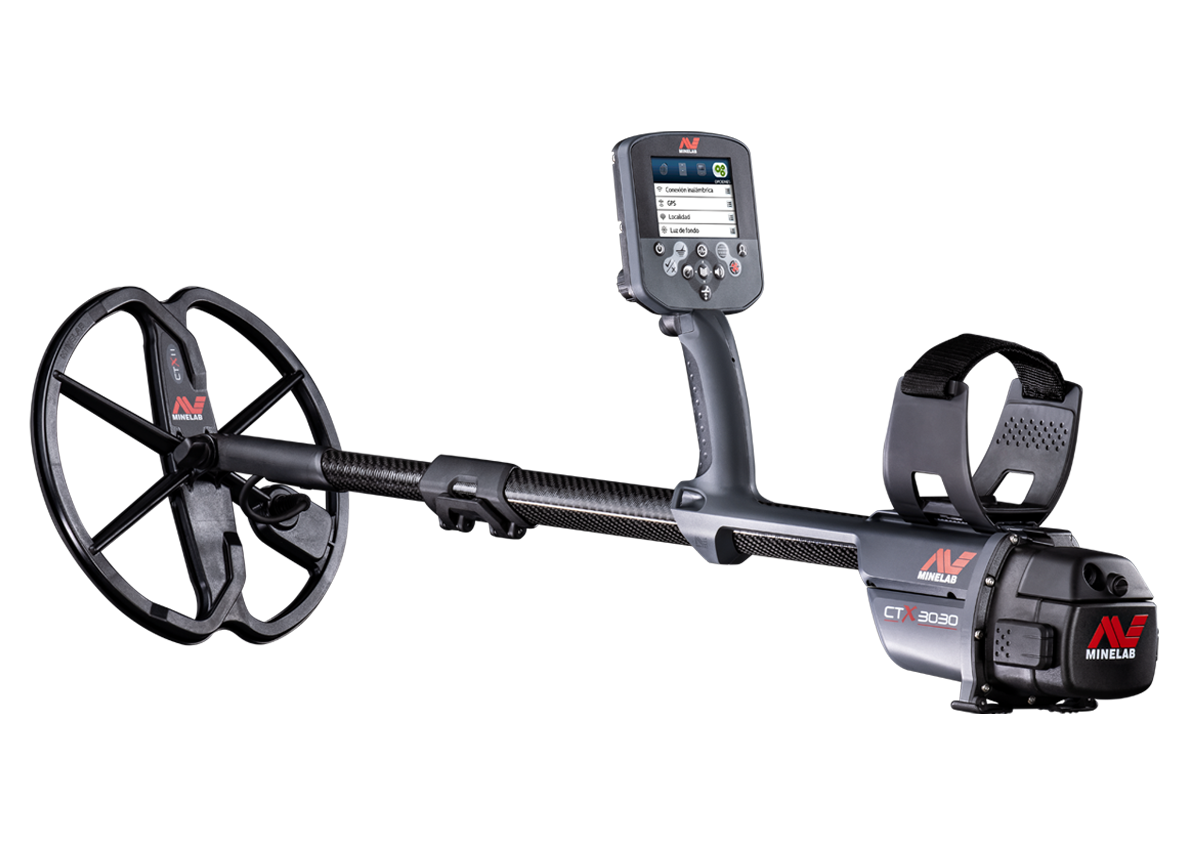Well I recently obtained the new Minelab CTX 3030 metal detector and, as always with a new detector, I was initially operating in Factory Preset mode. I like to do this as it’s always the best platform from which to make later modifications to suit both the operator and even the site being searched. However, for this first day I was going to stay in this mode for some time.
The site I was searching had been detected for 40 years, but of course finds over the last decade were becoming scarce. Its main reputation is as a site of some considerable Saxon importance and, since the 1970`s, many Sceats and artefacts had been located here. In general, we can expect 1-2 Saxon Sceats (small thick flanned silver coins) and perhaps 1-2 artefacts, such as brooches or fragments, every year.
I set up against a section of hawthorn hedge, surveying the site and also sheltering from a rather cold wind. I looked down at the brand new detector, “well CTX 3030 this site will certainly test your abilities and performance” I thought. In the past I have detected here for an hour or more before the first signal, but things were different today. My first signal came just 10 minutes after starting. And what a signal it was!!! - converting itself, in a few seconds, to a lovely silver Anglo Saxon Sceat.

It went quiet for about an hour, after which another crisp signal converted itself into yet another Saxon Sceat.

In just over an hour the CTX 3030 had produced what we expect to find in a whole year from the site!
Back to my finds: Are these the first Anglo Saxon objects to be found by a CTX 3030? Possibly yes, but once again undoubtedly not the last. Other objects of note found during this search were:
- A highly decorative mount most likely Victorian,
- A 0.303 practice dummy round from World War Two,

- A selection of wonderfully patinated copper coins dating 1750 to 1930 and a shoulder badge of the Bedford Regiment,

And finally, a Civil War (1640`s) period musket ball that has impacted something very hard. Did it impact the rough bark of an old Oak tree or did it smash through muscle and bone of a Royalist or Cromwellian soldier? There are no recorded battles or skirmishes here, but with the CTX 3030 I bet it`s not long before even history may have to be re-written.
Whilst writing this blog, I considered something rather strange based on the CTX 3030`s new GPS functions... one day I’m sure someone will want to plot the position of all those shot gun tips we all find... yes shot gun tips!!!!... There is a very high chance that future researchers may well be extremely interested in such find spots in order to know where the guns stood on those great Edwardian Pheasant shoots. If anyone wants to undertake such local studies, right now, then the CTX 3030 has made this an easy issue... the humble shot gun tip is, after all, an historical artefact in its own right...
For my next CTX 3030 blog post, I will tell you the story of two amazing finds from this same field on the same day...
Julian Evan-Hart





















Comments